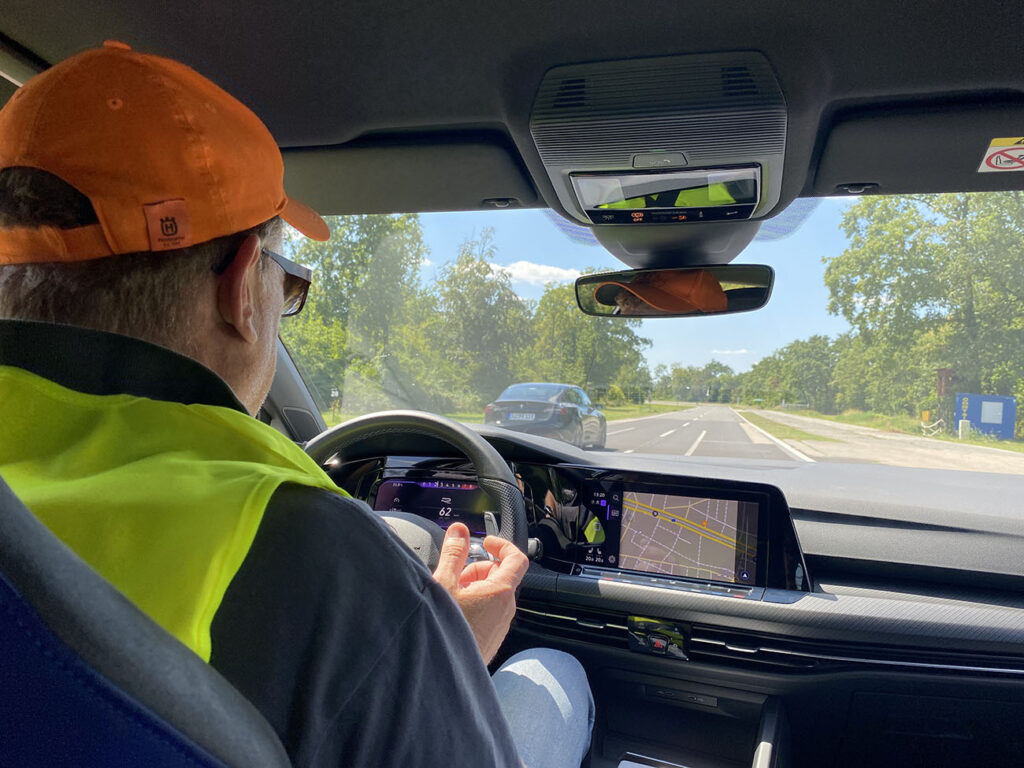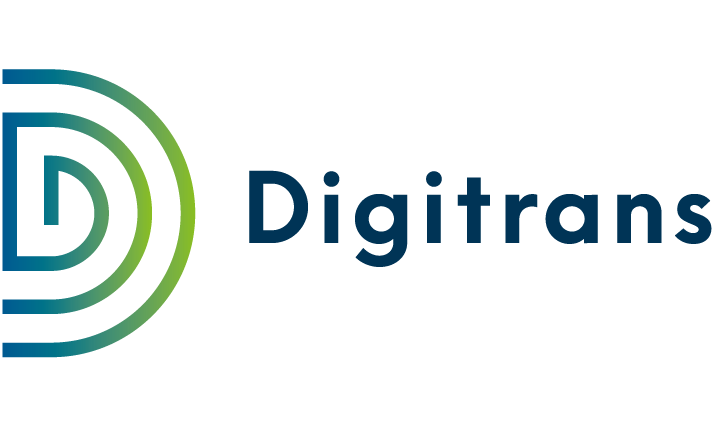Tests of driving assistance systems as part of a research project - Digitrans Test Center for Automated Driving
On August 9, application-based practical tests with driver assistance systems were carried out at the Digitrans Test Center in St. Valentin on behalf of AustriaTech in cooperation with Graz University of Technology and Factum as part of the research project “Road Safety and Automated Mobility M7174”.
The focus was on humans and their understanding of how to use the latest driver assistance systems. Test persons were invited to the tests in order to prove the driver assistance systems and their operation in real traffic situations on the proving ground in St. Valentin.
Human-machine interaction at the center of test scenarios on the Proving ground
At the Digitrans test center for automated driving on the proving ground in St. Valentin, around 20 test persons came together to test the operation, application and comprehensibility of the latest driving assistance systems. In a total of three test scenarios with different vehicle models, the human-machine interaction (HMI) in particular was analyzed from the user’s perspective in the context of road safety.
The goal was to find out how confidently and safely the new systems are actually used by the test participants and whether the functionalities and limitations of the systems are known to the drivers.
Test scenarios carried out on the proving ground in St. Valentin:
- Test scenarios for longitudinal guidanceAnalysis of the “Adaptive Cruise Control” and the “Intelligent Speed Assistant”. Carrying out stop & go traffic jam simulation and lane change maneuvers with automatic distance control on the test track.
- Test scenarios for traverse guidanceAnalysis of the use of the “Emergency Lane Keeping Assist” and the “Lane Centering Assist” during a test drive in a curve on the proving ground in St. Valentin
- Test scenarios for navigation systemsTest drives for the comprehensibility and use of various human-machine interfaces with navigation systems.
Slide show - Tests of driver assistance systems on the proving ground in St. Valentin






all pictures © AustriaTech
Driving assistance systems can make a significant contribution to road safety. However, they must not only be installed in vehicles, but must also be correctly and easily operated by the users. Only in this way can the full potential for improved road safety be exploited.
The tests already revealed a number of challenges in the interaction of the various driver assistance systems. More detailed findings are now being evaluated and published in the course of a project report. In the future, the results are to be increasingly taken into account in training, information and communication concepts.
Further information and links
You might also be interested in
Further Insights

Joanneum Research creates digital twin and high-precision maps for the proving ground in St. Valentin
As part of the transnational cooperative research project testEPS, funded by the BMK, JOANNEUM RESERACH created a three dimensional digital twin of the test track in St.Valentin as a reference for testing and verifying automated driving functions.

Trustworthiness of AI – The Critical Success Factor for Automated Driving
In the project “AI Trustworthiness & Automated Driving”, the Automotive Cluster (AC) of the Business Upper Austria location agency, DigiTrans GmbH, RISC Software GmbH and Software Competence Center Hagenberg GmbH (SCCH) have developed a roadmap for Upper Austria as a business location.

Five reasons why we built an outdoor rain plant for testing autonomous driving functions
Testing autonomous driving functions and their sensors under adverse weather conditions is an important safety criterion for the introduction of automated vehicles in Europe. Learn why it is becoming increasingly important to test these systems systematically and reproducibly.
